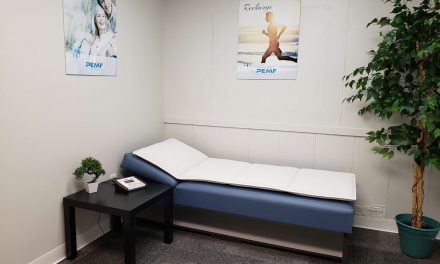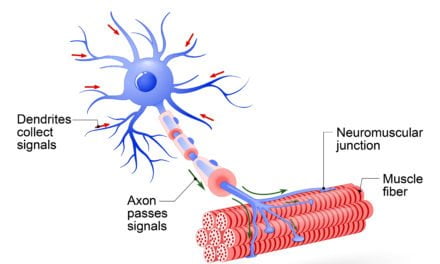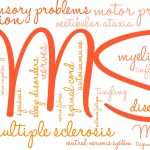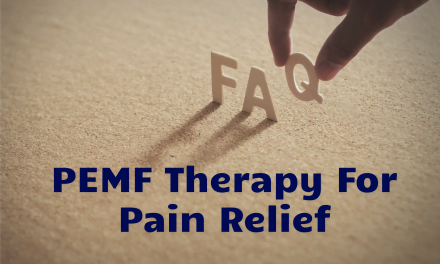
Building the Case for PEMF Therapy

Healthcare keeps changing in the United States, making it easy for building the case for PEMF therapy.
The challenge with healthcare in the U.S. is two-fold: 1) The cost of healthcare continues to climb, and 2) healthcare continues to cut opioids from pain management programs.
This poses a problem for many with severe chronic pain.
This population includes numerous combat veterans, firefighters, and police officers that have been injured in the line of duty.
With these changes, and more specifically in handling the pain problem, PEMF therapy could become a key component of their pain management and better overall health.
Is it possible that the deficits of the healthcare plan could start building the case for PEMF therapy?
Building the Case for PEMF Therapy with Rising Healthcare Costs
Did you know that right now payment plans account for a larger portion of revenue in the healthcare industry?
At this moment, if you were to look at the revenue providers generate, it may appear modest at first.
If you were to take out the books, you could easily see that patients paying on their accounts on a monthly basis account for nearly 40% of their revenue.
This means that patients who are faithful in making their monthly payments are a majority of the revenue these medical practices are getting.
Here are some things to consider.
- Healthcare should consider that consumers are an important piece of the puzzle. With so much of the revenue being generated by patients making payments, the providers should become more consumer-centered. In other words, patient-centric. Every service, method of care or therapy should focus on what is best for the patient. When therapies administered are appropriate and the patient is happy, they are more likely to keep those payments rolling in. This means that if a natural therapy is more effective, it should be considered prior to offering expensive therapies, medications, or procedures.
- Medicare and Medicaid are also top sources of revenue. As financial burdens increase and the job market continues to grow, paying for medical care and groceries become burdensome. Those who have drastic decreases in income have turned to Medicaid, which now provides coverage for more the most basic medical needs, however, some of these therapies covered could still potentially cost more than natural therapies. Medicare carries the bulk of care for seniors and those of retirement age. PEMF therapy has been proven to be effective in aging well, and reducing pain in elderly adults with arthritis, osteoarthritis, and improving symptoms for those with osteoporosis.
If you were to look back at the year 2000, the amount of revenue coming in from patients was only around 5%.
During this time, holistic care was also still not widely accepted.
The costs of healthcare have increased over the last 17 years, and now that a holistic therapy like PEMF therapy is available to everyone, it could start building the case for PEMF therapy.
This is true for many reasons, but here are just a few.
- High-deductible plans don’t make sense for those with chronic conditions, especially chronic pain.
- Providers’ costs is rising, both for operations and regulatory fees.
- Patient’s would prefer to purchase a device that they can use in the comfort of their own home when pain strikes.
- Patients struggle to pay for services offered for pain management including steroid injections, physical therapy, and nerve blocks.
- Providers are struggling to collect from patients that have chronic conditions because in most cases, the insurance isn’t covering enough of the bill.
It seems simple, but healthcare is quite complicated.
Costs are often difficult for patients to decipher because of the way they are structured.
Patients should be able to seek the care they need and receive that care at a reasonable cost.
Individuals with chronic conditions like diabetes, arthritis, osteoarthritis, rheumatoid arthritis, psoriasis, complex regional pain syndrome, fibromyalgia, and many others, may benefit from PEMF therapy.
It’s time to find out just how much you can benefit.
Building the Case for PEMF Therapy with Cost Savings
Did you know that the ability to harness PEMF therapy in the comfort of your own home can provide you with a tremendous cost savings?
If you are currently under the care of a pain management doctor, you may understand this better.
This is because invasive procedures and injections are painful and expensive.
Depending on the insurance plan you have, you may have a high-deductible plan.
In this case, once an injection wears off you may not be able to pay for another one if you have not met that deductible.
What if you could access PEMF therapy and reduce your inflammation and ultimately reduce your pain?
Would life improve for you if you were able to wake up in the morning and walk without significant pain?
Imagine what life would be like if you were able to reduce your intake of prescription pain medicines like high-dose NSAIDS or opioids.
The quality of life, increase in energy, and most of all the money you would be able to save with fewer doctor visits and procedures would be astounding.
Thousands upon thousands of research studies have shown that PEMF therapy can stimulate the cells, tissues, muscles and joints to bring healing to the body.
This means that torn ligaments, tendons, and even swollen tissues putting pressure on nerves may improve, reducing inflammation and ultimately severe pain.
PEMF therapy has been proven time and again through numerous independent studies to be effective for other conditions and diseases as well.
If you would like to expand your knowledge on PEMF therapy, and learn more about how holistic health is building the case for PEMF therapy, please visit www.pemfsupply.com today for more information.


















Trackbacks/Pingbacks